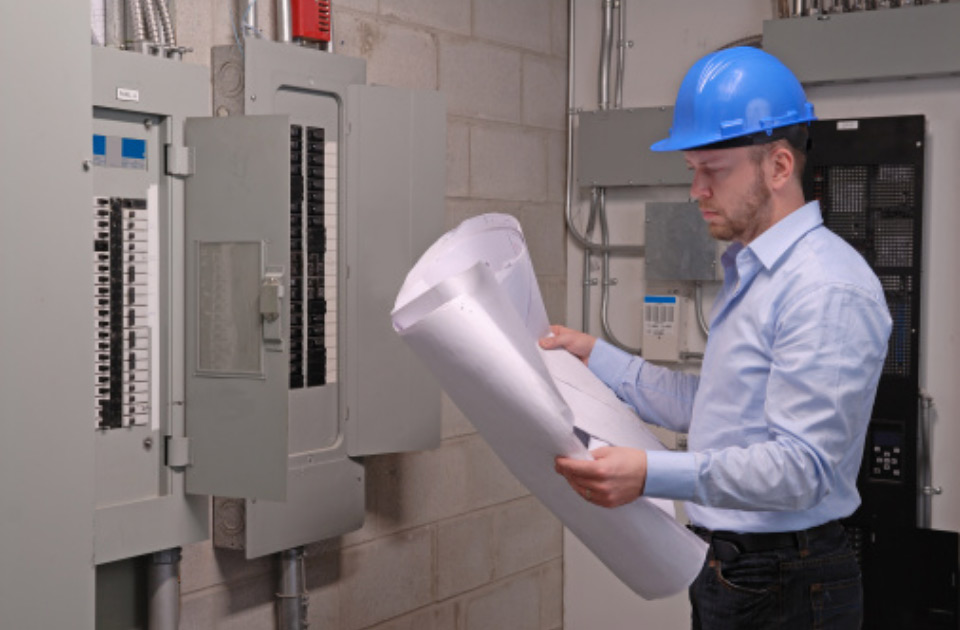
Common Single-Phase and 3-Phase Power Distribution Systems
Introduction:
As an architect, understanding the basics of electrical power distribution systems is essential for designing efficient and code-compliant buildings. These systems differ in configuration, voltage levels, and applications, catering to various types of structures and electrical loads. This blog post explores the key characteristics, advantages, and common uses of each distribution system, providing valuable insights to make informed decisions during the design phase.
Options:
There are several options available when bringing power into a building from a utility. Some of the most common systems are: 120/240 volt single-phase 3-wire, 120/208 volt 3-phase 4-wire, and 277/480 volt 3-phase 4-wire. The power system that is brought into a building may depend on what is available from the local utility company and type of equipment in the building.
1) 120/240 Volt Single-Phase 3-Wire: This system is used in residential and light commercial installations. This power system is generally available from most utilities, but can be limited to only 800 amps or less depending on the utility. Single phase systems are not effective for large motor loads as they are commonly limited to 5-7.5 HP or less.
Single phase systems are generally more cost effective in smaller installations because electrical gear is less expensive, there are fewer conductors used and the impact fees from the local utility are generally less expensive.
2) 120/208 Volt 3-Phase 4-Wire: This system is mostly used in commercial and light industrial applications. It is a commonly available system from the utility, but there may be instances when it is not, such as in a new development or remote area. Service sizes are generally between 200 and 4000 amps.
A 3-phase power system provides advantages in a building with larger motor load requirements, as it provides additional (and constant) power to the building. Elevators are a common example of a larger motor load that may require a 3-phase system. Service sizes can be smaller when utilizing a 3-phase system, but there are additional installation costs. An extra wire is required and the electrical equipment can be more expensive. The impact fees from the local utility are often more costly as well.
3) 277/480 Volt 3-Phase 4-Wire: Like a 120/208 volt system, this system is mostly used in larger commercial or industrial projects. It provides the same advantages and can further expand them by reducing the required service size and providing additional power to the building. For example, a 20 amp branch circuit at 120 volts provides 2,400 watts of power, but at 277 volts, that same 20 amp branch circuit provides 5,540 watts of power. This can reduce the number of required branch circuits for devices such as lighting.
Because of the higher voltage, a 480 volt system is more advantageous with electrical connections over long runs. It reduces the amount of voltage drop in a circuit with the same load when compared with a 208 volt system.
A 480 volt system will often require step-down transformers to provide power to 120 volt devices such as receptacles, 120 volt lighting and some HVAC equipment. These transformers require additional floor space in an electrical room and will need additional cooling.
Conclusion:
It is important to consider your equipment needs in a building prior to selecting a power distribution system. Be sure to consult with the local utility company to determine what electrical power is available at the location of installation. Additionally, working with an engineering firm that has both mechanical and electrical engineering expertise like Royal Engineering, can help you mitigate the challenges in ensuring the electrical distribution system can handle the HVAC and other equipment load requirements.


